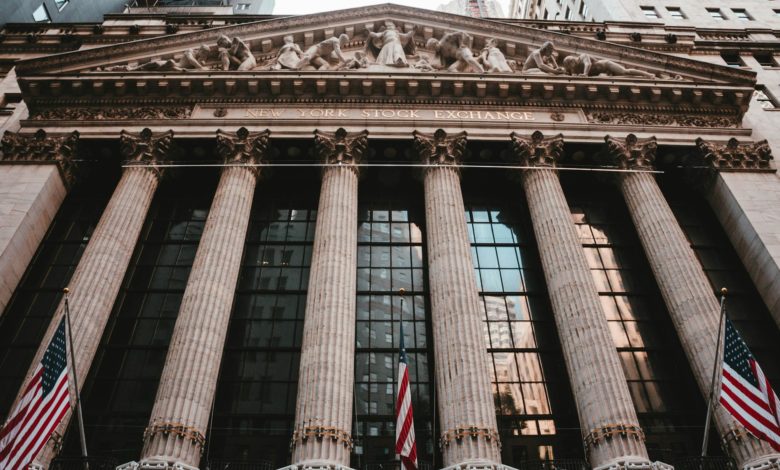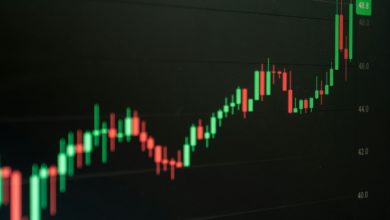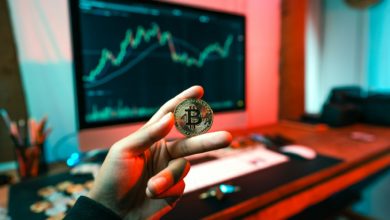PCE Data: Mixed Signals for Investors

The release of key economic data brought a mixed bag for investors to digest. While Gross Domestic Product (GDP) growth came in lower than expected, the Personal Consumption Expenditures (PCE) index – a key inflation gauge for the Federal Reserve – surprised markets by rising faster than expected.
GDP Growth Slows, But Core Strength Remains
The Bureau of Economic Analysis reported first-quarter GDP growth of 1.6%, falling short of the 2.5% predicted by economists. This percentage marked the slowest expansion in nearly two years, driven by weaker trade and exports. However, analysts like Ryan Sweet of Oxford Economics believe the underlying strength of the economy remains intact. Areas like inventories, which contributed negatively to GDP this quarter, are expected to rebound in the coming months.
Inflation Heats Up, Raising Concerns
On the inflation front, the core PCE index, excluding volatile food and energy prices, jumped to 3.7% in Q1. This exceeded forecasts of 3.4% and significantly surpassed the previous quarter's 2% gain. This unexpected rise in inflation has investors concerned, with the 10-year Treasury yield climbing to its highest level since November 2023. Stock markets also reacted negatively, with all three major indices experiencing a drop of more than 1% in morning trading.
Implications for Investors
The mixed signals from the data make it challenging for investors to navigate the current economic climate. While slower GDP growth might indicate a potential slowdown, the strong core PCE numbers suggest persistent inflation. This could prompt the Fed to maintain, or even raise, interest rates for a longer period, impacting investment decisions.
Investors should continue to closely monitor the Fed's upcoming policy decisions and their response to the latest inflation data. Additionally, keeping an eye on key indicators such as consumer spending and business investment will be crucial in understanding the future trajectory of the economy.




